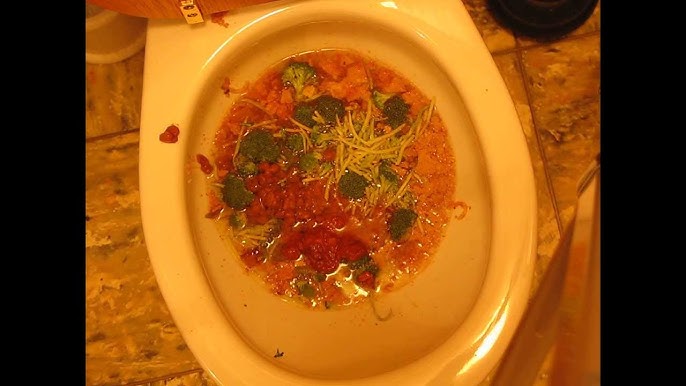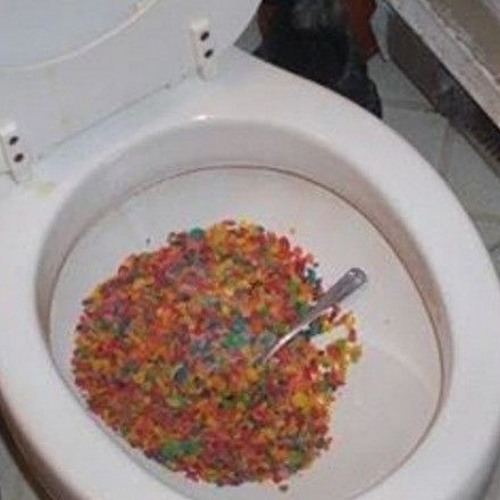The content underneath about Think Twice Before Flushing Food Down Your Toilet is highly motivating. Don't miss out on it.

Intro
Many individuals are usually confronted with the predicament of what to do with food waste, specifically when it involves leftovers or scraps. One usual inquiry that occurs is whether it's fine to flush food down the toilet. In this short article, we'll look into the reasons people might take into consideration purging food, the effects of doing so, and different techniques for correct disposal.
Reasons that individuals may think about flushing food
Absence of recognition
Some individuals might not understand the possible injury caused by flushing food down the toilet. They may incorrectly think that it's a harmless technique.
Ease
Flushing food down the commode may feel like a quick and simple option to dealing with unwanted scraps, specifically when there's no neighboring trash can available.
Negligence
Sometimes, people might just choose to flush food out of large laziness, without thinking about the repercussions of their activities.
Repercussions of flushing food down the toilet
Ecological effect
Food waste that winds up in waterways can contribute to pollution and injury aquatic environments. Furthermore, the water used to purge food can stress water sources.
Pipes issues
Purging food can result in clogged pipelines and drains, creating pricey pipes repair work and aggravations.
Sorts of food that should not be flushed
Fibrous foods
Foods with coarse structures such as celery or corn husks can obtain tangled in pipes and create obstructions.
Starchy foods
Starchy foods like pasta and rice can take in water and swell, bring about obstructions in pipelines.
Oils and fats
Greasy foods like bacon or food preparation oils must never ever be flushed down the commode as they can solidify and create clogs.
Proper disposal methods for food waste
Using a garbage disposal
For homes geared up with waste disposal unit, food scraps can be ground up and purged through the pipes system. Nonetheless, not all foods appropriate for disposal in this way.
Recycling
Particular food packaging products can be recycled, lowering waste and minimizing environmental influence.
Composting
Composting is an environmentally friendly method to deal with food waste. Organic materials can be composted and used to enhance soil for horticulture.
The relevance of correct waste management
Decreasing ecological damage
Correct waste administration practices, such as composting and recycling, help reduce pollution and maintain natural deposits for future generations.
Safeguarding pipes systems
By avoiding the technique of flushing food down the commode, home owners can protect against costly plumbing repair services and preserve the integrity of their plumbing systems.
Final thought
To conclude, while it might be alluring to flush food down the toilet for benefit, it's important to comprehend the potential repercussions of this action. By adopting proper waste management practices and throwing away food waste sensibly, individuals can add to healthier plumbing systems and a cleaner atmosphere for all.
FLUSH FOOD DOWN THE TOILET?
FLUSHING FOOD CAN CAUSE BLOCKED DRAINS IN YOUR HOME
All of the plumbing fixtures in your home are connected to the same sewer pipe outside of your home. This outdoor sewer pipe is responsible for transporting all the wastewater from your home to the Council sewer mains. Even small pieces of food that go down the kitchen sink can cause problems for your sewer. It should therefore be obvious that flushing larger bits of food, such as meat, risks a clog in either the toilet itself or the sewer pipes. Flushing greasy food is even more problematic because oil coagulates when it cools, coating the interior lining of your pipes.
THE TOILET IS NOT A BIN
Food isn’t the only thing that people shouldn’t be flushing down the toilet. People use the toilet to dispose of all kinds of things such as tampons, makeup wipes, dental floss, kitty litter and even underwear. Water goes to great lengths to educate residents about the high costs and stress placed on wastewater treatment systems simply from people flushing the wrong stuff down the toilet. It costs taxpayers millions of dollars each year, and homeowners thousands in blocked drain repairs.
FLUSHING FOOD IS A WASTE OF WATER
Flushing food is a waste of our most precious resource - water. In June this year Level 1 water restrictions were introduced to protect water supply from drought conditions. Much of New South Wales continues to be affected by prolonged drought with recent figures revealing up to 97 per cent of the state remains in drought. Depending on whether you have a single or dual flush toilet, every single flush uses between five and 11 litres of water. In the current climate this is a huge amount of water to be wasting on flushing food that should be placed in the bin (or better yet, the compost).
https://www.jabplumbingsolutions.com.au/blog/can-you-flush-food-down-the-toilet

I'm very taken with Flushing Food Down the Toilet? and I am assuming you enjoyed reading the new page. Liked our entry? Please quickly share it. Let another person discover it. Thank you for being here. Kindly check up our website back soon.
Call Today